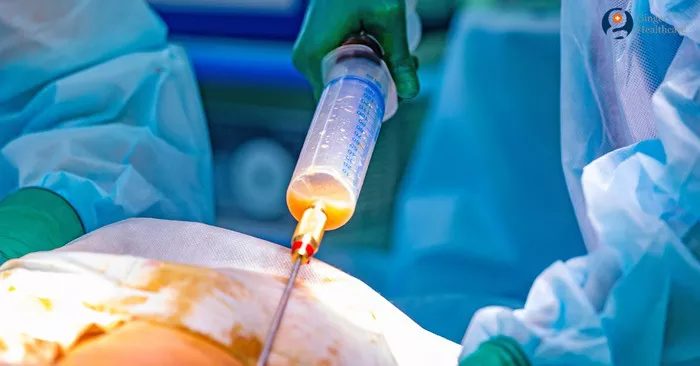In recent years, the cosmetic surgery industry has witnessed a significant shift toward non-invasive procedures, and liposuction is no exception. Traditional liposuction, which involves the surgical removal of fat using a cannula, is being increasingly replaced by non-invasive alternatives like laser lipolysis, cryolipolysis (CoolSculpting), and ultrasound-assisted liposuction.
These methods promise minimal downtime, reduced risk of complications, and comparable results to traditional liposuction. For instance, CoolSculpting freezes fat cells, causing them to die and be naturally eliminated by the body. Similarly, laser lipolysis uses targeted laser energy to liquefy fat cells, which are then suctioned out or metabolized.
Dr. Emily Carter, a board-certified plastic surgeon, explains, “Patients are drawn to non-invasive options because they offer a quicker recovery and less discomfort. However, it’s important to manage expectations—these methods are best for individuals with smaller fat deposits who are close to their ideal weight.”
Despite their popularity, non-invasive liposuction techniques are not without limitations. They may require multiple sessions to achieve desired results, and they are generally less effective for larger fat removal. Nevertheless, the trend reflects a growing demand for safer, more accessible cosmetic procedures.
You Might Be Interested In:
- 31-Year-Old Lindsay Arnold’s Breast Augmentation Of Choice: The Story Behind…
- Lindsay Lohan Is Back In The Conversation: Revealing The 2025…
- Turkey’s Hair Transplant Industry: A Global “Hair Transplant Mecca” With…


